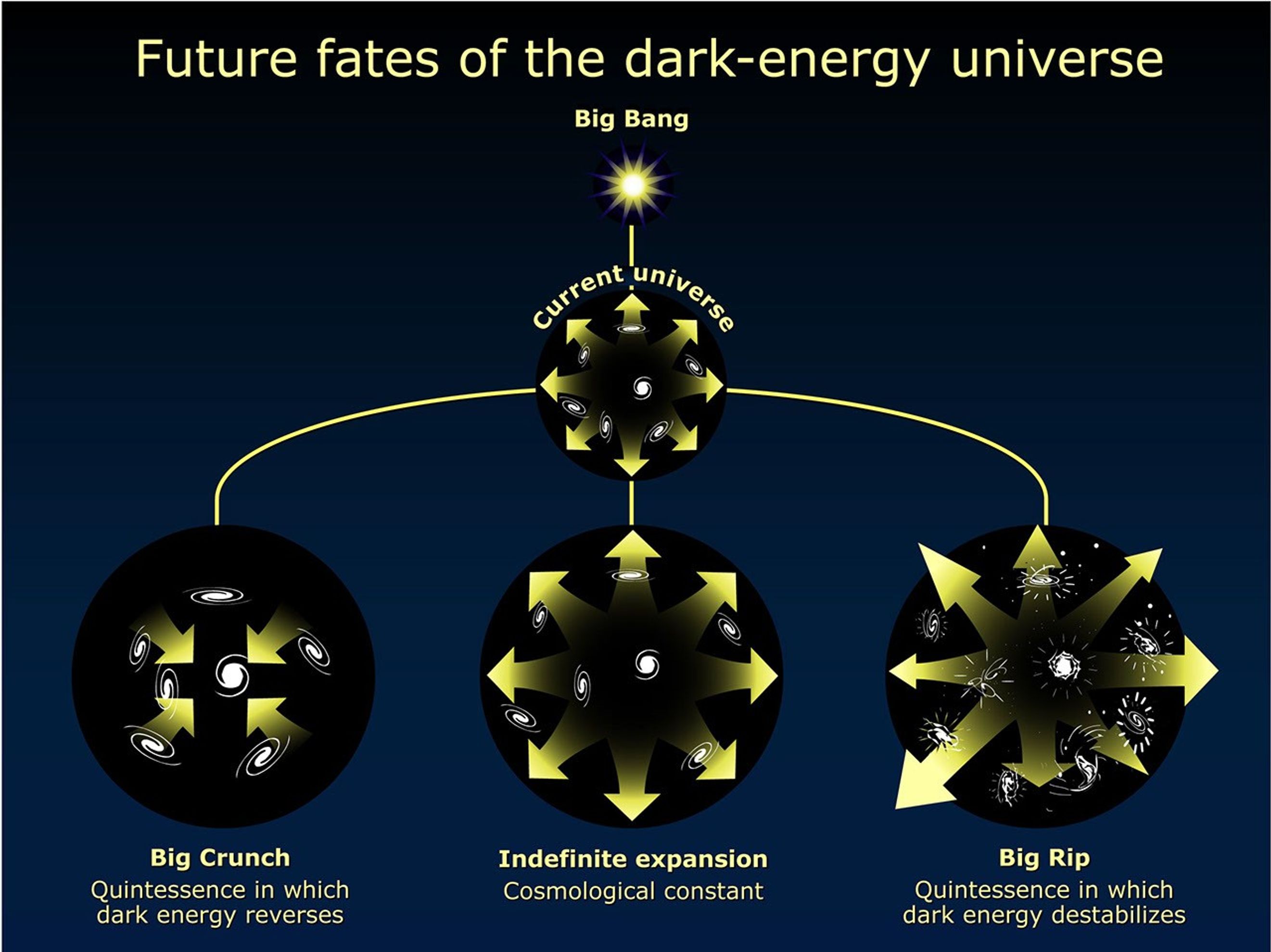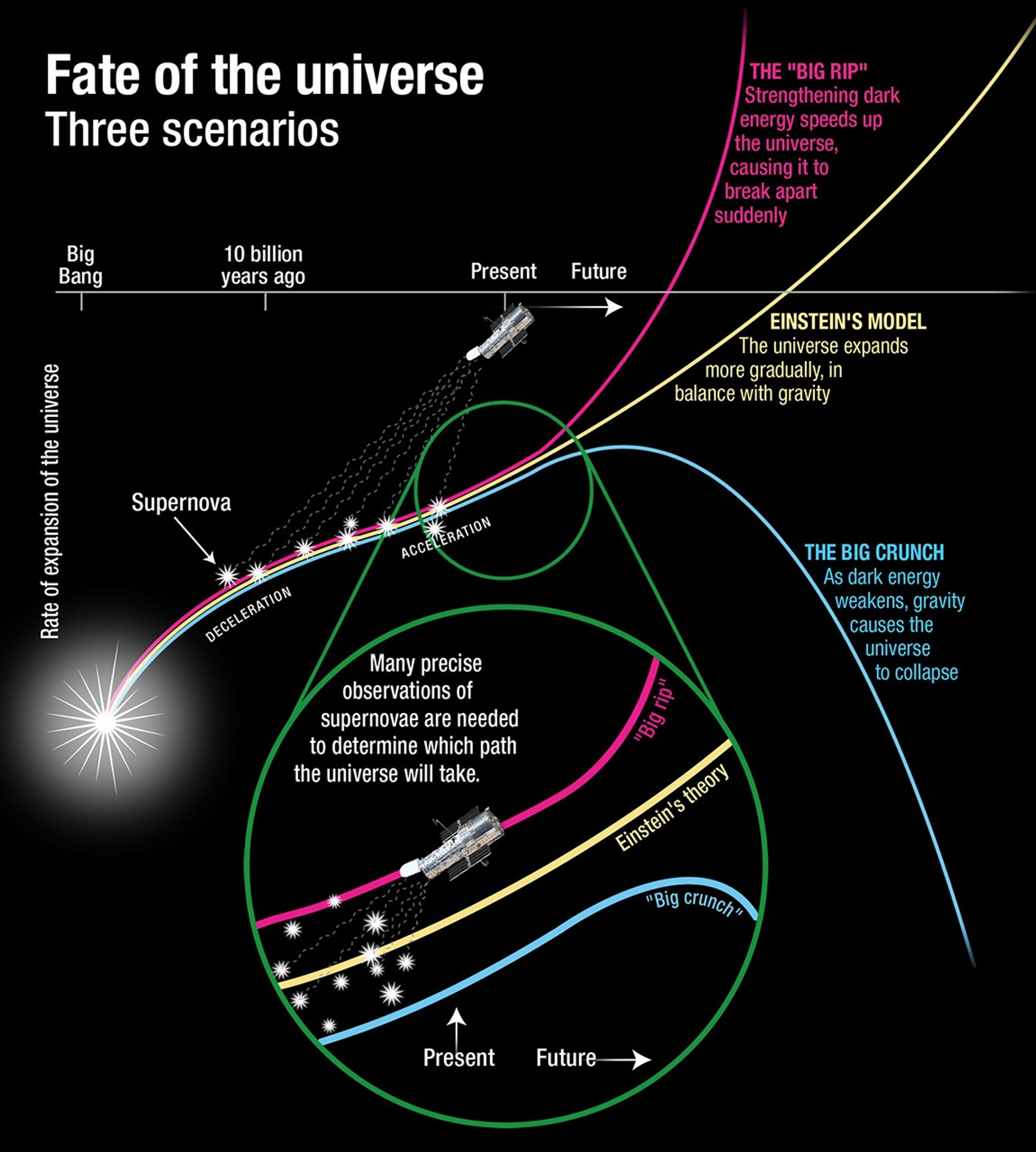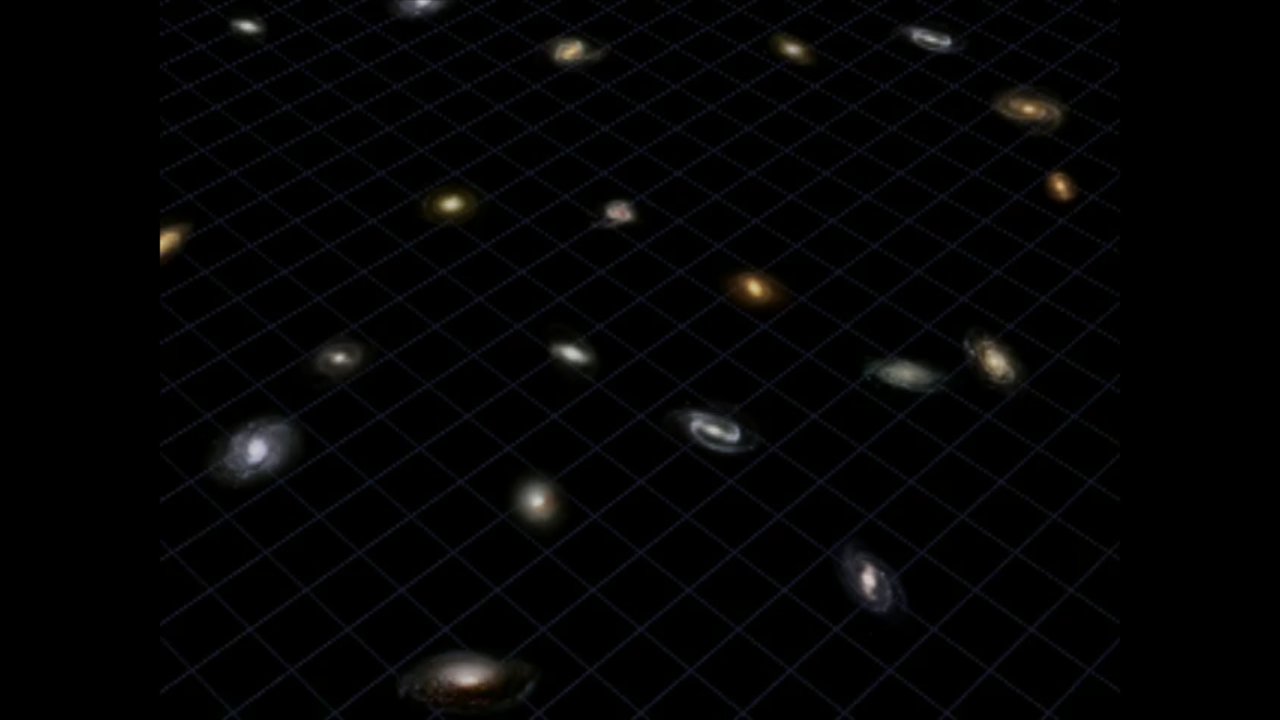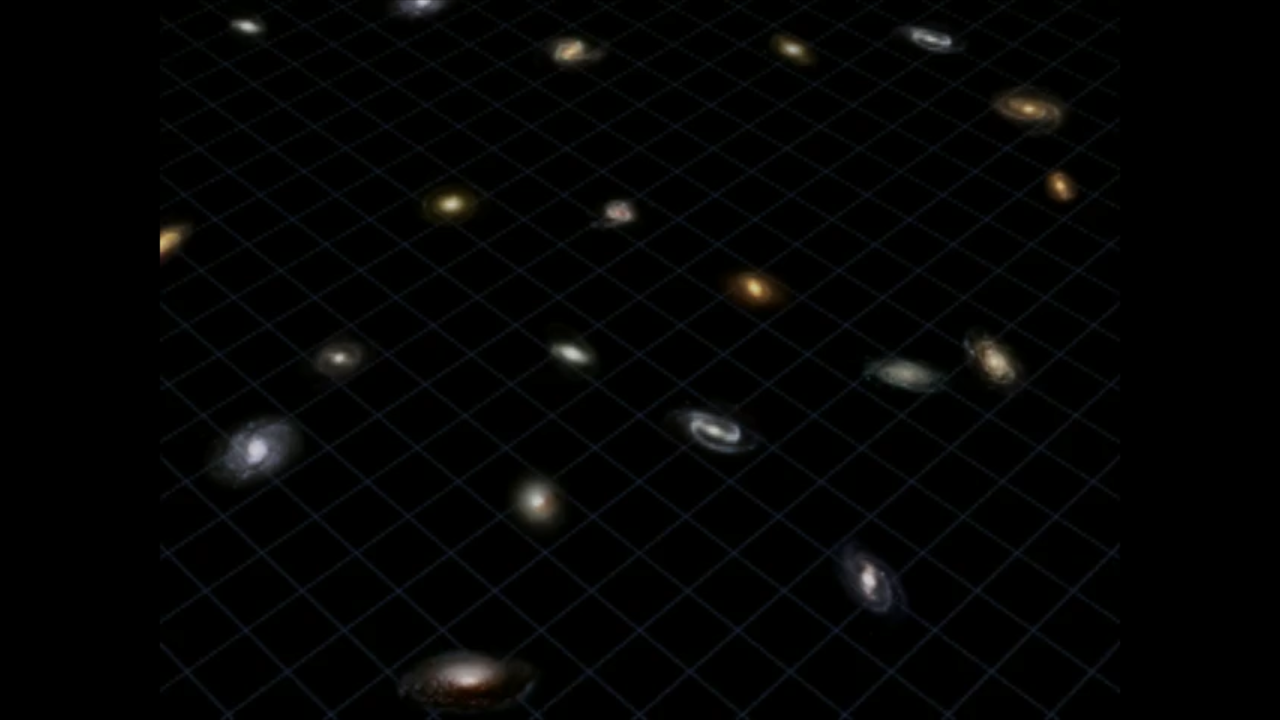1 min read
Distant Supernova 1 – After Outburst

About the Data
- Data DescriptionData DescriptionProposal: A description of the observations, their scientific justification, and the links to the data available in the science archive.
Science Team: The astronomers who planned the observations and analyzed the data. "PI" refers to the Principal Investigator.The datasets used for these results are from the HST programs: 9425 and 9583: Great Observatories Origins Deep Survey (GOODS) 9352: A. Riess (STScI), J. Tonry (Inst. for Astronomy, Univ. of Hawaii), M. Dickinson (STScI), C. Steidel (Caltech), A. Filippenko and W. Li (UC Berkeley), R. Kirshner (Harvard College Obs.), S. Jha (UC Berkeley), P. Challis (Harvard College Obs.), and S. Casertano (STScI). The science team consists of: A. Riess and L.-G. Strolger (STScI), J. Tonry (Inst. for Ast./U. Hawaii), S. Casertano, H. Ferguson, and B. Mobasher (STScI), P. Challis (Harvard College Obs.), A. Filippenko, S. Jha, W. Li, and R. Chornock (UC Berkeley), R. Kirshner (Harvard College Obs.), B. Leibundgut (ESO), M. Dickinson, M. Livio, and M. Giavalisco (STScI), C. Steidel (Caltech), T. Benitez and Z. Tsvetanov (JHU). - InstrumentInstrumentThe science instrument used to produce the data.HST>NICMOS and HST>ACS/WFC
- Exposure DatesExposure DatesThe date(s) that the telescope made its observations and the total exposure time.Sept. 2002 - June 2003
- FiltersFiltersThe camera filters that were used in the science observations.ACS: F435W (B), F606W (V), F775W (i), and F850LP (z) NICMOS: F110W (J-band), F160W (H-band)
- Object DescriptionObject DescriptionThe type of astronomical object.Distant supernova
- Release DateFebruary 20, 2004
- Science ReleaseNew Clues About the Nature of Dark Energy: Einstein May Have Been Right After All
- Credit
Related Images & Videos
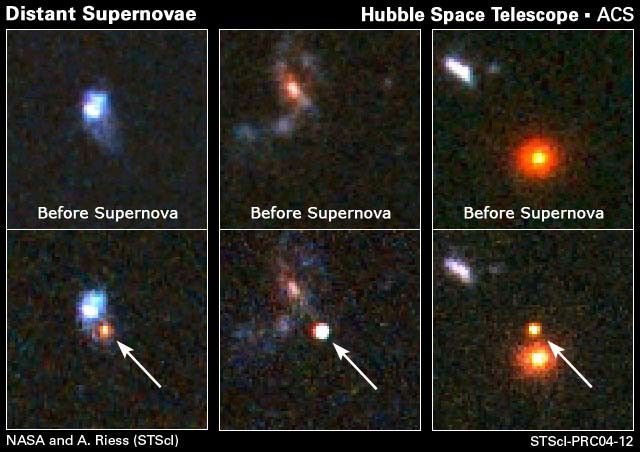
Hubble Spots Distant Supernovae in Search of Properties of Dark Energy
These are images of three of the most distant supernovae known, discovered using the Hubble Space Telescope as a supernova search engine. The stars exploded back when the universe was approximately half its current age. The light is just arriving at Earth now. Supernovae are so...
Share
Details
Last Updated
Aug 17, 2025
Contact
Media
Claire Andreoli
NASA’s Goddard Space Flight Center
Greenbelt, Maryland
claire.andreoli@nasa.gov

























